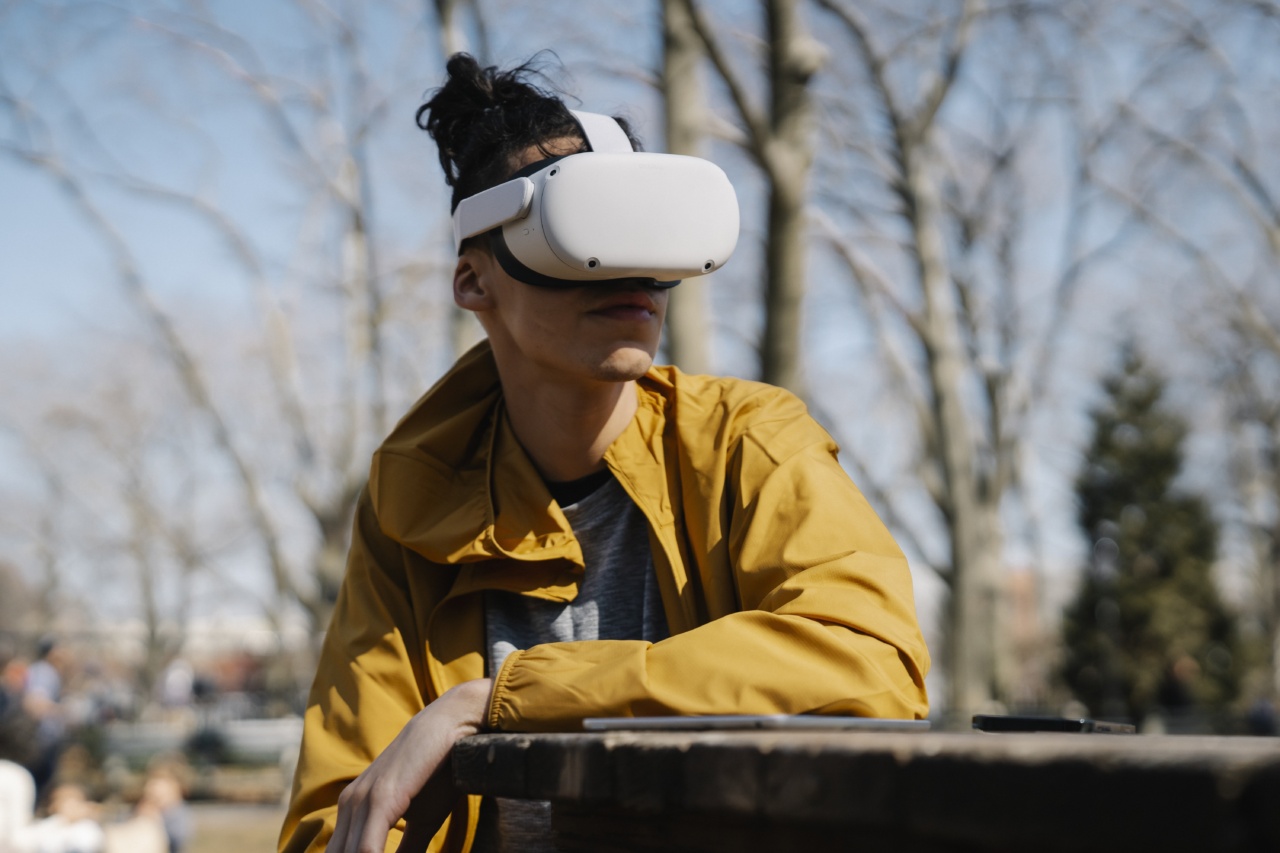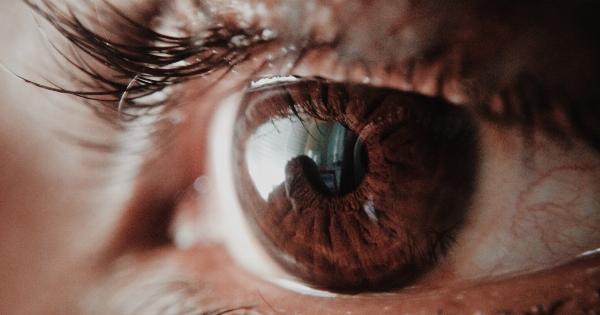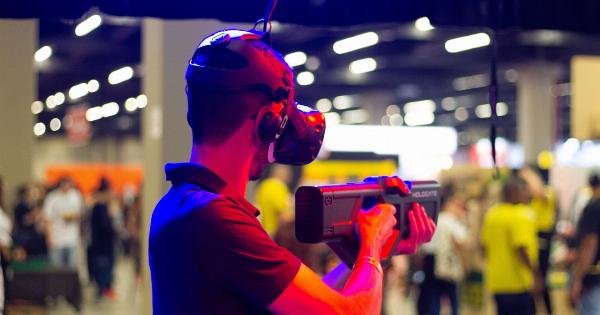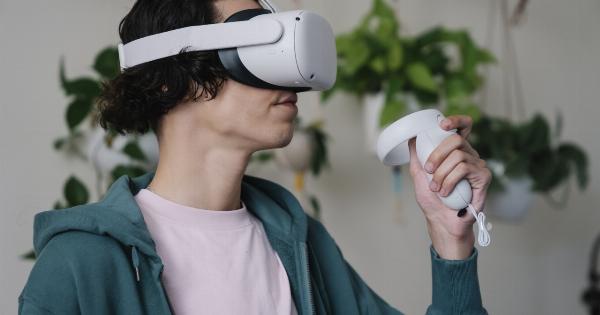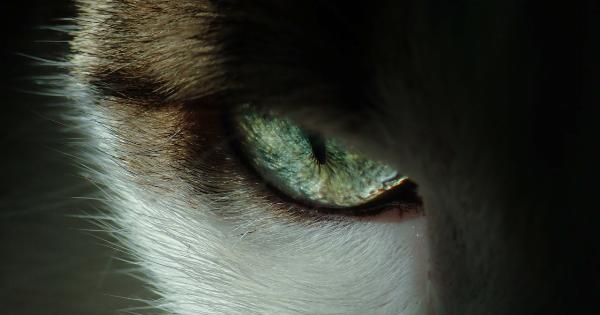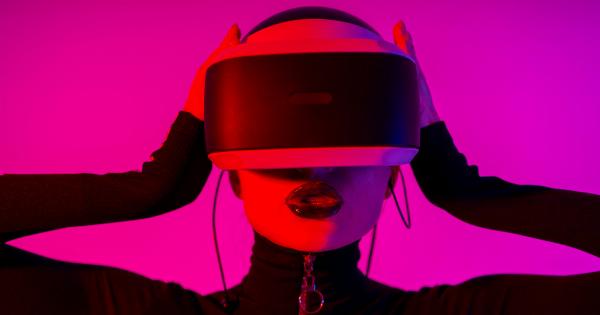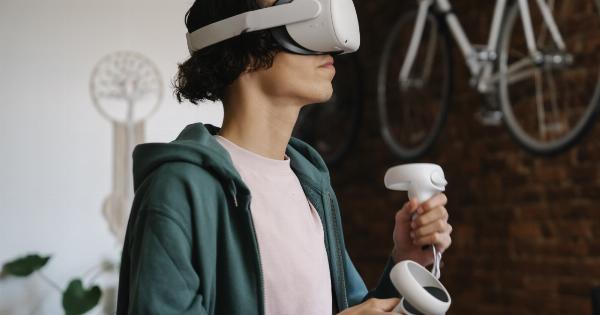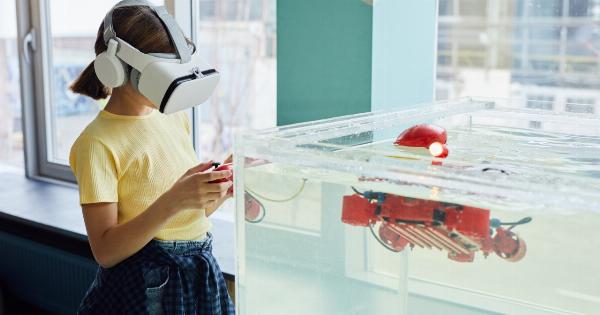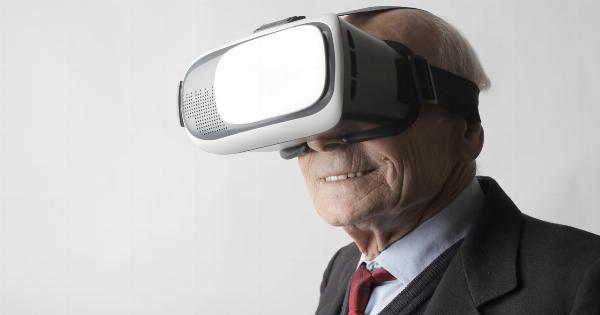Human vision is an incredible feat that has always fascinated scientists and researchers for centuries.
The human eye can perceive an incredible amount of detail and color; it can detect light patterns, movements, and depth perception- all of which helps individuals navigate their environment, and perceive their surroundings.
How Humans Perceive Vision
For most of us, the term vision is synonymous with the power of seeing and observing things around us. However, the perception of vision is much more complex than this.
Human vision involves both the eyes and the brain, which work together to piece together an image and create a perception of the world around us.
The way we see the world is dependent on a series of complex mechanisms that are constantly working in sync. Our eyes work like a camera lens, capturing light and focusing on specific objects.
However, this is just the first step in the process of human vision.
Once the eyes have captured an image, this image is sent to the brain, which begins to interpret and make sense of the signals it is receiving.
The brain then pieces together the various inputs received from the eyes and creates a perception, or an image, of the world around us.
How Does a Man Perceive His vision?
Despite the complex mechanisms involved in human vision, it is still a mystery how exactly our brain creates this perception. Nonetheless, recent advancements in technology have allowed us to see how the brain perceives vision in real-time.
In a recent study, scientists used fMRI (functional magnetic resonance imaging) scans to track the brain activity of subjects while they were shown specific visual stimuli.
The results of the study were astounding – the scientists were able to see the activity occurring in the visual cortex of the brain, providing an insight into how the brain processes visual information.
During the study, subjects were shown a series of images including faces, letters, and patterns, while their brain activity was monitored in real-time.
The results of the study revealed that the primary visual cortex is the first area of the brain to process visual information, followed by secondary processing areas that interpret and make sense of the information.
Color Perception
Color perception is another fascinating aspect of human vision. The brain perceives different wavelengths as colors, and this ability is owing to the presence of specialized cells in the retina called cones.
These cones are responsible for perceiving color and translating it into neural signals that the brain can interpret.
The perception of color is subjective, and different people perceive different colors differently. This is because color perception is dependent on the individual’s biology, genetics, and environment.
Motion Perception
Motion perception is yet another fascinating aspect of human vision. Motion perception is the ability to perceive the movement of objects in our environment.
The brain perceives motion by comparing the differences in the visual inputs it receives from the eyes.
Motion perception is essential for survival as it helps us to monitor our environment and detect potential threats. Motion perception is also essential for activities such as sports, driving, and aviation.
Depth Perception
Depth perception is the ability to perceive the distance of objects in our environment. This is an essential ability for humans as it helps them to navigate their environment safely.
Depth perception is the result of the brain processing visual cues such as texture, shading, and binocular disparity. The brain combines all these cues to create a perception of depth.
Conclusion
Human vision is an incredible feat that is still not fully understood by scientists and researchers today.
However, recent advancements in technology have provided us with an insight into how the brain perceives vision, which is nothing short of astounding.
The perception of vision is dependent on a complex interaction between the eyes and the brain, which work together to create a perception of the world around us.
Color perception, motion perception, and depth perception are just a few examples of the incredible abilities of the human eye and brain, which allow us to navigate our environment and make sense of the world around us.
